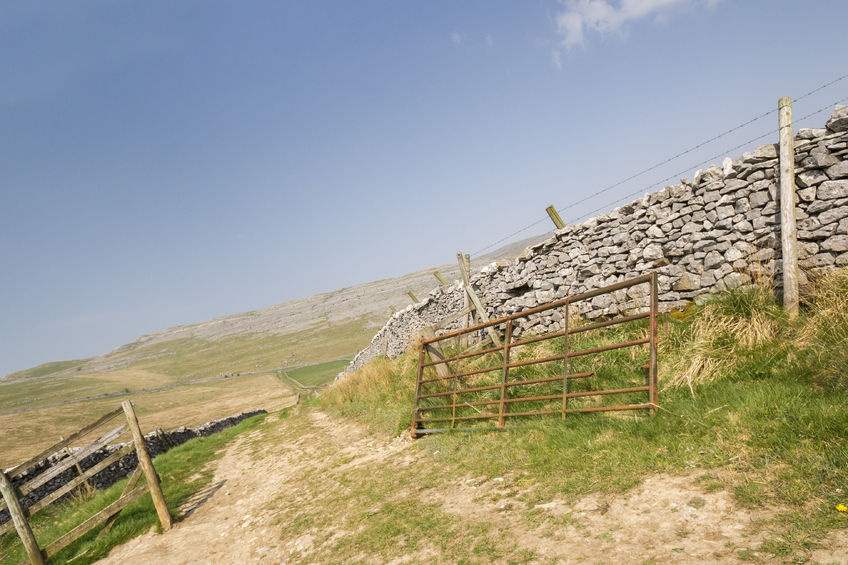
Farmland values across England and Wales are expected to stabilise over the next 12 months, according to new data.
This follows muted growth in Q4 2017, in which arable land values registered an average of approximately £8,972 per acre (up on £8,969, in Q3 2017), data from national property consultancy Carter Jonas shows.
Values remain the highest in Southern and Central England, where demand for arable land is most pronounced.
However, current and predicted pressure on farming incomes continues to have an impact on the market as a whole, with buyers remaining cautious.
The northern regions of England, and Wales, saw a flattening of values, reaching an average of £9,000 per acre, and while the Midlands saw an increase in turnover, prices remained constant.
'Trophy' farms
A lack of ‘trophy’ farms and estates across England and Wales, due to would-be vendors’ reluctance to put their assets on the market until the economy shows more stable signs of improvement, has resulted in a stronger demand for the best in class.
Conversely, a higher proportion of farms with an Agricultural Holdings Act agreement (AHAs) became available in the last quarter of 2017, but due to the uncertainty surrounding support payments, these are less desirable in the current climate.
Looking ahead to 2018, modest growth is forecast, although buyer sentiment is set to be largely dictated by the confirmation of sector support, with proposals to reduce the largest of these payments after 2019 causing concern.
However, the counter-cyclical land market continues to attract long term investors.
'Polarised'
Andrew Fallows, Head of Rural Agency, Carter Jonas, said the seasonal land market has "yet to show itself", but continues to be "polarised".
“While the lengthening of sector support is welcome, it hasn’t provided enough certainty for those businesses looking to make a long-term decision – which buying and selling farmland certainly is,” Mr Fallows said.
“It is interesting to note that when we talk about farming, we talk about subsidies – and yet when we talk about environmental work, it’s all about payments. Perhaps what is needed is a redefinition of terms, in light of the positive, conservation efforts that many farmers undertake.”
